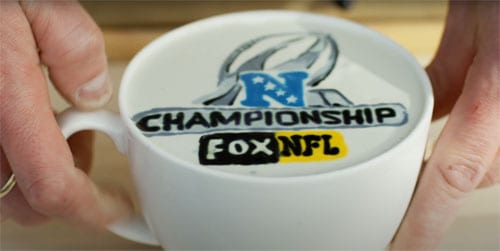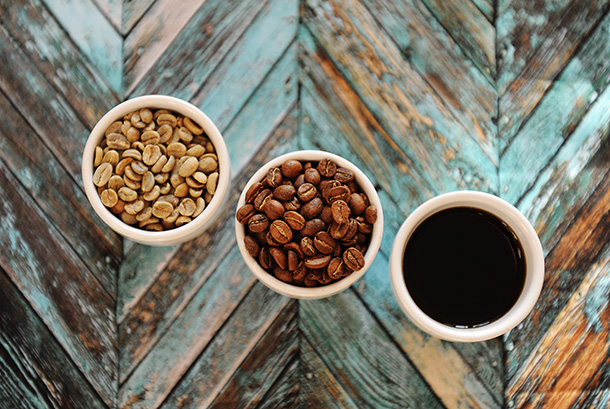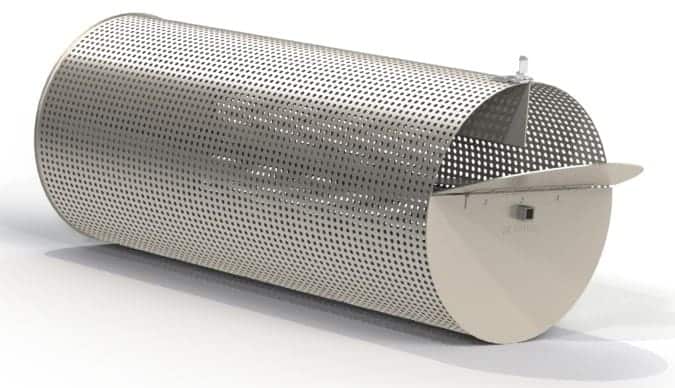

Roasting coffee is not as difficult as some may make it seem. At the end of the day, you’re loading green coffee in a hot space until it’s roasted and then pouring it out to cool. Believe it or not, you can learn to roast amazing coffee in just a couple of hours. The most important concept when roasting with the RK Drum is to target time, not temperature. That is, we don’t put a thermometer probe inside the drum to monitor the temperature of the beans directly, but rather we monitor the time that it takes to get the beans to first and second crack. To arrive at second crack at the desired time, you simply need to roast the same amount of coffee a few times in a row so you understand how your system works, adjusting the heat up or down to speed up or slow down the roast. This method is extremely reliable and consistent and produces superb coffee.
Before You Get Started
There’s a few things you should do before getting started. One is practice loading and unloading the RK Drum from the grill a time or two. It’s not difficult, but it’s good to be comfortable with handling the drum.
The end of the rotisserie rod has a coupler which fits into the coupler on the motor. These fit snugly, so that the motor can cause smooth rotation of the RK Drum.
- Measure Out 1 lb 3.2 oz Green Coffee (To Produce 1 lb Roasted Coffee)
- Get Your Timer Ready
- Find the Right Roast Profile
- Check Your Equipment
- Have Your Cooler in Place

Learning to roast with the RK Drums is really just learning the signs of the roast and dialing in the temperature reading on the thermometer to finish the roast according to schedule. The “schedule” is determined by the amount of coffee you are roasting and the size of your drum.
When you are learning to roast, you’ll want to start with 1 lb 3.2 oz of green coffee, which will produce approximately 1 lb of roasted coffee at a medium roast. This is a large enough weight that it loads the drum sufficiently to produce good results, but small enough amount to practice on during the learning process.
The Learning Process
To get started, you’ll preheat and load the RK Drum and load it into the grill. At this point, you’ll just be making a guess as to what temperature reading on the thermostat will make the coffee finish in time. There is a suggested starting place in the RK Drums roast profiles. Load the coffee into the drum, start your timer, and adjust the heat knobs to keep the thermostat at your target temperature. As the roast progresses, you will notice sights, smells and sounds that indicate how far along the coffee beans are in the process. You will see thin, barely visible smoke at first. Then, you will start to smell the coffee aroma. After that, the smoke will become thicker and more white in color. At that point, you are close to first crack.
First crack sounds like low volume popcorn. Then, there will be a short pause of 1-3 minutes before second crack. Second crack will sound more like toothpicks breaking. Once you hear 10 cracks in 10 second window of time, the coffee is done, and you should pour the coffee out and cool it. Make sure to note the time on the timer to see if you were on time, early or late. You'll adjust your heat accordingly.

The rest of the learning process is basically getting to know the signs of the roast, when to expect them, and what they mean about how far the roast has progressed. You will need to roast a few times to learn the signs and adjust the temperature. Each time you roast, if the previous roast took longer than the roast profile indicated that it should, your next roast should target a temperature reading that is 20-50 degrees hotter. If the previous roast finished too fast, then the next roast should target a cooler temperature reading. If the previous roast finished too fast, then the next roast should target a cooler temperature reading.
And, that’s really all there is to roasting coffee with the RK method. Once you learn how to read the signs of the roast, you’ll be able to roast varying amounts of coffee, because you will know before second crack whether the roast is going to slow or too fast. And, you’ll be able to adjust accordingly. It’s pretty easy once you see it in action and if you have any doubts, we’ll coach you on this process while you roast.


